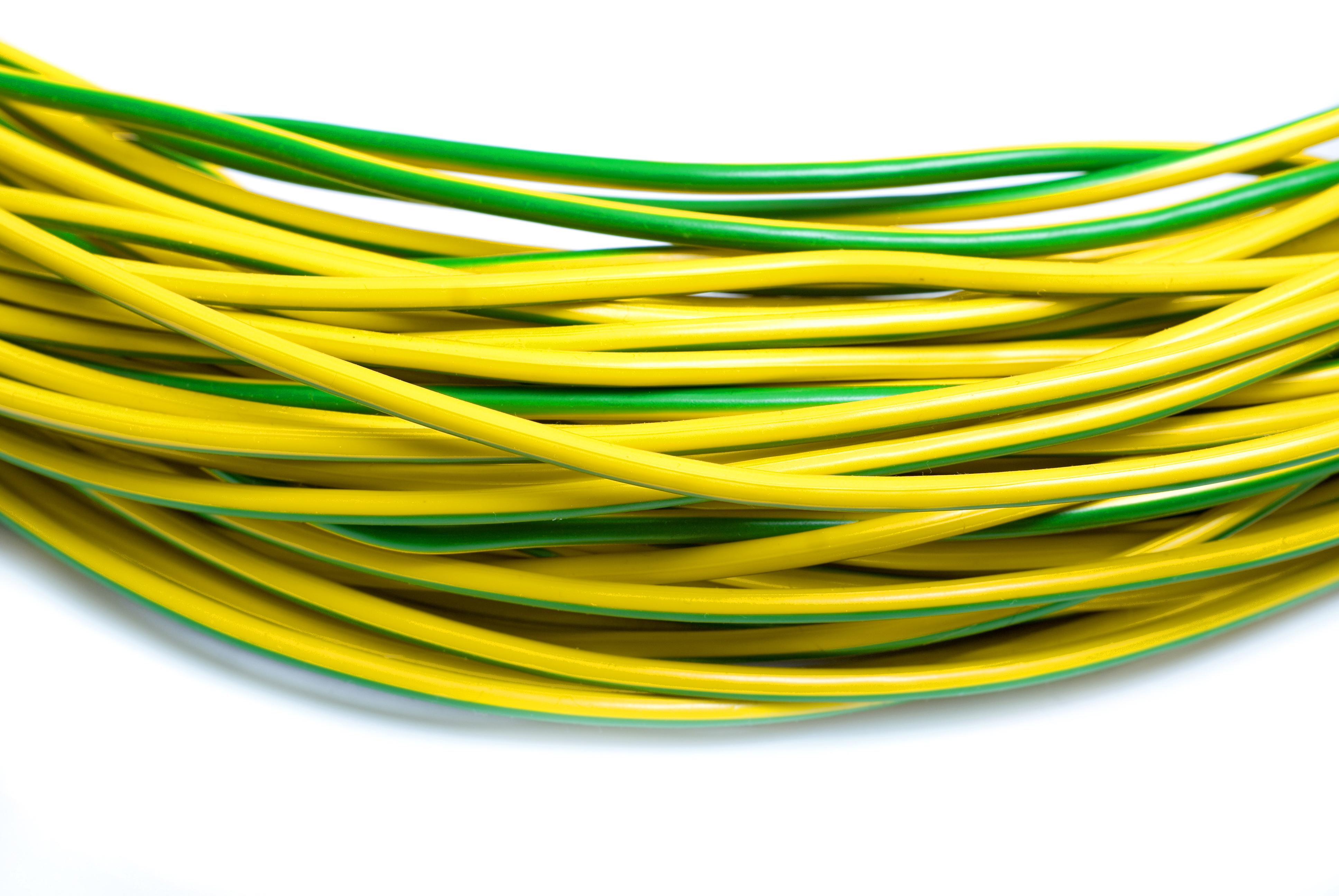You are using an out of date browser. It may not display this or other websites correctly.
You should upgrade or use an alternative browser.
You should upgrade or use an alternative browser.
My word is my bond
- Thread starter caprinut
- Start date
mtt.tr
Member
- Messages
- 8,464
- Location
- Essex/Suffolk border
No, unless it has some connection to earth.
There is a proper calculation to decide but I can't recall it of my head.
@sparkysy @Dave-sparks would probably know.
There is a proper calculation to decide but I can't recall it of my head.
@sparkysy @Dave-sparks would probably know.
If any service entering an installation can introduce an alternative earth potential, it has to be bonded.
I would honestly doubt that a compressor sitting, probably on a concrete surface, is going to introduce an earthy quality to any metallic airline pipework.
I would imagine that there would be some kind of non-conducting link between the compressor receiver and the airline pipework.
If this pipework does not present with any earth potential, by bonding it, it would probably be raised to neutral potential. It could be argued that it was safer to not bond it, especially if the pipework goes outdoors.
I hope that helps.
I would honestly doubt that a compressor sitting, probably on a concrete surface, is going to introduce an earthy quality to any metallic airline pipework.
I would imagine that there would be some kind of non-conducting link between the compressor receiver and the airline pipework.
If this pipework does not present with any earth potential, by bonding it, it would probably be raised to neutral potential. It could be argued that it was safer to not bond it, especially if the pipework goes outdoors.
I hope that helps.

sparkysy
If it pays happy days!!
- Messages
- 1,290
- Location
- northamptonshire
As above, there may be no need to bond it if when testing the ohms reading between the main earth terminal and the pipe is higher than 22K ohms, then it is not considered to be extraneous conductive part so doesn't need bonding!
The pipe unless plastic joints have been used will usually be earthed by the compressors main earth anyway.
So as long as it doesn't enter the ground and come out somewhere else chances are it will be above 22K ohms!
If it's fixed to a metal framed building chances are it is already earthed through the main structural bond.
Hope that makes sense!
Sy
The pipe unless plastic joints have been used will usually be earthed by the compressors main earth anyway.
So as long as it doesn't enter the ground and come out somewhere else chances are it will be above 22K ohms!
If it's fixed to a metal framed building chances are it is already earthed through the main structural bond.
Hope that makes sense!
Sy
Dave-sparks
Member
- Messages
- 700
- Location
- Woking
Probably not, Strictly you should test it to see whether it is an extraneous conductive part or not.
To be an extraneous conductive part it would have to be in contact with the ground, so unless it runs underground at all it won't be.
Also:
If it is solidly connected to the metalwork of the compressor it will already be connected to earth via the compressor.
If it is attached to any structural steelwork that will already be bonded and will become bonded through that connection.
To be an extraneous conductive part it would have to be in contact with the ground, so unless it runs underground at all it won't be.
Also:
If it is solidly connected to the metalwork of the compressor it will already be connected to earth via the compressor.
If it is attached to any structural steelwork that will already be bonded and will become bonded through that connection.
sparkysy
If it pays happy days!!
- Messages
- 1,290
- Location
- northamptonshire
All is explained here, the calculation that @mtt.tr refers to is also on that page.

 electrical.theiet.org
electrical.theiet.org

To Bond or not to Bond
Following on from the Mythbusters article in Issue 73 (November 2018) of Wiring Matters, this article looks at the recent change of the wording in Regulation 411.3.1.2 of BS 7671:2018, and what can be done to determine if a conductive part meets the requirements of an extraneous-conductive-part...
premmington
Member
- Messages
- 6,560
- Location
- Norfolk
Why copper pipe - I been using 16mm nylon pneumatic pipe with push fit fittings.
Are you gonna put an air ring main in...? (it makes all the difference supply wise)
Are you gonna put an air ring main in...? (it makes all the difference supply wise)

